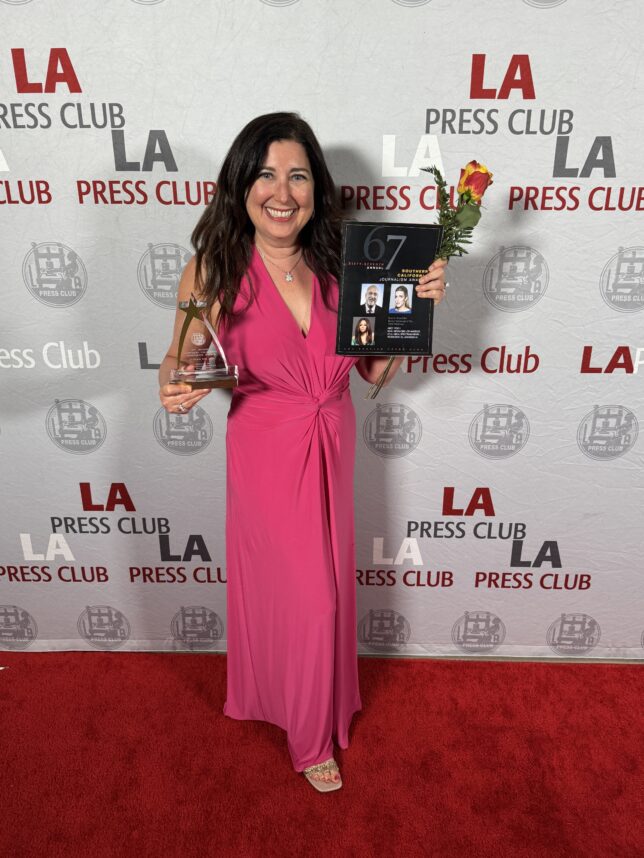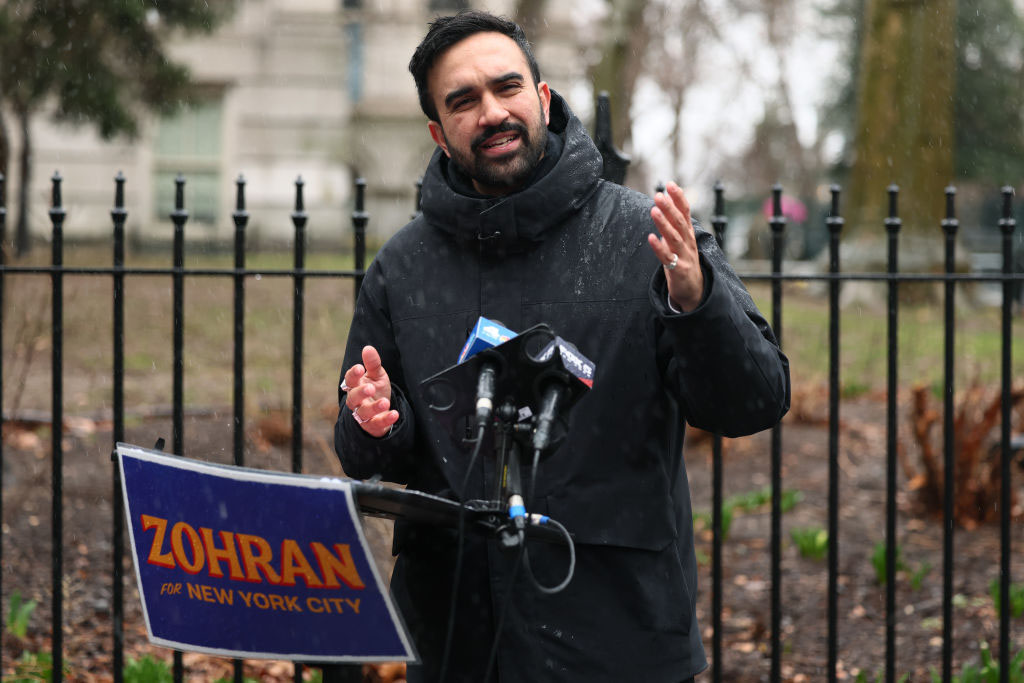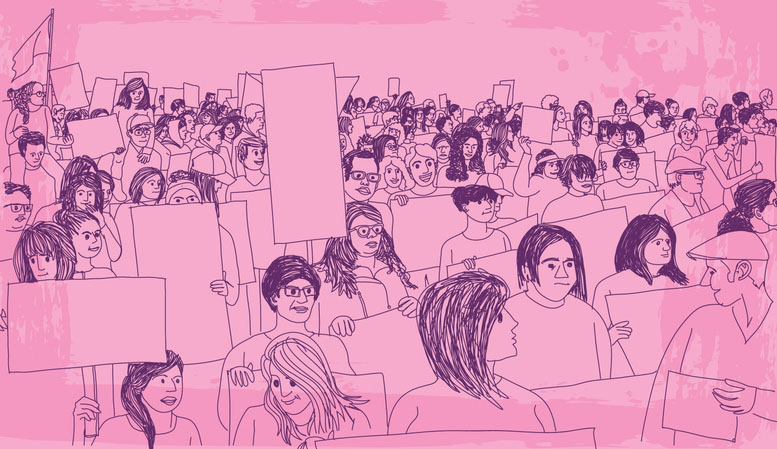One People, Two Cuisines
Because my ancestors were from Eastern Europe, specifically Latvia, Lithuania and Vilna, I am Ashkenazi. Just as I thought all Jews spoke Yiddish, a language I delight in because it\’s so colorful, I grew up thinking Jewish cooking was my mother\’s brisket and carrot tzimmes, my Granny Fanny\’s chopped liver and my Aunt Dorothy\’s blintzes with sour cream. That\’s not to mention the dishes my brothers and I used to giggle about because their names were so amusing — knaidlach, kreplach and knishes.






 More news and opinions than at a Shabbat dinner, right in your inbox.
More news and opinions than at a Shabbat dinner, right in your inbox.